Tired of complicated TYPO3 setups on your MacOS? If you're a TYPO3 beginner or developer using macOS, you’ve probably struggled with setting up Apache, MySQL, and PHP manually. It can be confusing, time-consuming, and frustrating—especially if you're just trying to test or build a TYPO3 website quickly.
That’s where MAMP comes in. it gives you everything you need to run TYPO3 locally, all in one app. No need to mess with command-line tools or custom server settings.
Wait ! Before moving further, are you considering launching or hosting your TYPO3 site on another platform? We recommend checking out our TYPO3 Installation Series below for step-by-step guides on various platforms.
- How to Install TYPO3 on AWS
- 7 Steps to Install TYPO3 on Google Cloud
- Install TYPO3 with DDEV
- TYPO3 & Azure Cloud - 7 Steps to Install & Configure
- How to Install TYPO3 with Docker
Let’s dive in and build a powerful, secure TYPO3 environment — the right way — on MacOS.
In this guide, you’ll learn how to install TYPO3 on your Mac using MAMP step-by-step —without the need for a Linux server or expensive hosting.
Let’s get started!
What is MAMP?
MAMP (Mac, Apache, MySQL, PHP) is the macOS equivalent of XAMPP, bundling all the essentials into a single package. It lets you run TYPO3 locally on your Mac with minimal hassle—great for development, prototyping, or simply exploring TYPO3’s features.
What is TYPO3?
TYPO3 is a free, open-source Content Management System (CMS) built to help businesses and organizations create, manage, and grow their websites. It was founded in 1997 by Kasper Skårhøj and has since become one of the most popular CMS platforms—especially across Europe.
TYPO3 is written in PHP and uses TypoScript, a powerful configuration language that allows for advanced customization and flexibility. You don’t need any special software—TYPO3 runs in your browser and outputs content using standard HTML and JavaScript.
Whether you’re running a small business site, a university portal, or a large enterprise website, TYPO3 can scale to fit your needs.
Imagine an enterprise CMS that evolves as your project grows—without piling on complexity. That’s TYPO3 for you! It’s an open-source powerhouse that excels at:
here are the key reasons that TYPO3 Developers, marketers, and agencies trust TYPO3 for its:
- Modularity: Make your website do exactly what you need. No more, no less.
- Security & Stability: Regular LTS (Long-Term Support) releases help you stay secure for years.
- Scalability: From a tiny local site to a massive global platform, TYPO3 can handle it.
- Community-Driven Development: Enjoy a lively global community that refines and evolves TYPO3 continuously.
Did You Know? TYPO3 powers over 500,000+ active websites around the world!
Read more TYPO3 Facts.
Why use TYPO3?
TYPO3 offers advanced features like granular user roles, multisite management, and a strong ecosystem of extensions. It’s perfect for businesses and agencies that need scalability and long-term support.
Why Run TYPO3 on MAMP?
- User-Friendly: GUI-driven approach for starting/stopping Apache & MySQL on macOS.
- Local Development: Perfect for macOS-based devs who want a quick test bed without a Linux VM.
- Preconfigured Environment: Minimal manual setup required; MAMP includes standard PHP modules.
- Easy Migration: Move your local site to a production server later with minimal fuss.
Requirements to Run TYPO3 on MAMP
System Requirements
- macOS Version: macOS 10.15 (Catalina) or higher
- RAM: Minimum 4 GB (8 GB recommended for smoother performance)
- Disk Space: At least 1–2 GB of free space for MAMP and TYPO3 files
Software Requirements
- MAMP (Free or Pro version)
- MAMP includes pre-configured Apache, MySQL, and PHP
- Download from: https://www.mamp.info
- PHP Version:
- TYPO3 v12 requires PHP 8.1
- TYPO3 v11 supports PHP 7.4 to 8.1
- MySQL or MariaDB:
- MAMP includes MySQL (version 5.7 or higher generally works well)
- Apache Web Server:
- Enabled by default in MAMP
TYPO3 Versions & Support Roadmap
Before diving in, note TYPO3’s release cycles:
- LTS (Long-Term Support): Typically three years of updates per major release.
- ELTS (Extended LTS): Paid option if you need extra time beyond standard LTS.
Staying on a currently supported LTS means you’ll get important security patches and feature improvements.
TYPO3 Version & PHP Compatibility for Composer Install
1. PHP & TYPO3 Compatibility
| TYPO3 Version | PHP Versions | Status |
| 9 ELTS | 7.2–7.4 | Active ELTS |
| 10 ELTS | 7.2–7.4 | Active ELTS |
| 11 ELTS | 7.4, 8.0 | Active ELTS |
| 12 LTS | 8.1–8.4 | Active ELTS |
| 13 LTS | 8.2–8.4 | Active ELTS |
2. System Requirements
- Web Server: Apache or Nginx
- Database: MariaDB/MySQL recommended
- Composer: Recommended for a smoother TYPO3 experience
Always verify with TYPO3’s official System requirements to ensure you’re up to date.
Step-by-Step Guide to Installing TYPO3 on MAMP
Step 1. Download & Install MAMP
- Get MAMP from the official site.
- Install to /Applications/MAMP.
- Start Servers: Launch MAMP, click “Start” to run Apache & MySQL.
Step 2. Create Database
- phpMyAdmin: Access at http:// localhost:8888 /phpMyAdmin (default MAMP port might be 8888).
- Create typo3db, add user typo3user with password supersecret.
Step 3. Adjust PHP Settings if Needed
- MAMP often includes multiple PHP versions. Choose the recommended one for TYPO3 (e.g., 8.1+).
- Enable necessary extensions (gd, mbstring, intl, etc.) in MAMP’s PHP preferences, if they aren’t active by default.
Step 4. Obtain TYPO3
- Classic (Zip) approach is simplest:
- Download TYPO3 zip.
- Unzip to /Applications/MAMP/htdocs/typo3cms.
- Ensure your DocumentRoot points there in MAMP settings (or just navigate to http:// localhost:8888/ typo3cms/public).
Step 5. Access TYPO3 Install Wizard
Go to http:// localhost: 8888 /typo3cms /public:
- Enter DB details: host localhost, db typo3db, user typo3user, pass supersecret.
- Create an admin account.
- Login to http:// localhost: 8888 /typo3cms/public/ typo3 to manage the backend.
How to Start TYPO3 Installation Wizard
Once all server configurations are complete, it’s time to finish the setup through the TYPO3 Installation Wizard. This user-friendly, step-by-step wizard helps you finalize the installation process directly in your browser.
Step 1. Check the System Environment (detect if any issues)
Step 2. Setup Your Database Credentials
Step 3. Choose an Existing Database or Create a New
Step 4. Create backend user & Site
Step 5. Installation Process Start
Step 6. Get Start with Backend Login
DevOps Tips for Running TYPO3 on MAMP
1. Use Composer for TYPO3 Installation
- Why: Composer handles dependencies cleanly and mirrors real-world TYPO3 production setups.
- Tip: Avoid manual installation via .zip or .tar.gz; use composer create-project to keep your project structured and maintainable.
2. Match PHP Version with TYPO3 Compatibility
- Why: Mismatched PHP versions can lead to critical errors.
- Tip: Set the correct PHP version in MAMP → Preferences → PHP tab (e.g., PHP 8.1 for TYPO3 v12).
3. Configure Virtual Hosts in MAMP Pro
- Why: Simulates real hosting environments with custom domain-like URLs (e.g., typo3.local).
- Tip: Add virtual host entries in MAMP Pro and edit your macOS /etc/hosts file accordingly.
4. Enable TYPO3 Development Context
- Why: Enables error reporting, debug logs, and dev-friendly settings.
- Tip: Set TYPO3_CONTEXT=Development in your LocalConfiguration.php or .htaccess.
5. Use Shared Database Configs via ENV Variables
- Why: Makes it easy to switch environments (local, staging, production).
- Tip: Set DB credentials using .env files and the DDEV or dotenv packages.
Give A Try - Download & Install TYPO3
Visit get.typo3.org for comprehensive details on the release, including how to download and install TYPO3. The Installation Guide provides in-depth instructions for the installation process.
Conclusion
MAMP on macOS is an excellent choice for getting started with TYPO3 quickly in a local environment. You’ll enjoy a GUI-based experience for managing Apache and MySQL, with minimal setup overhead. It’s perfect for development, testing, and learning TYPO3 before deploying to a more robust production environment. This tutorial will guide you through the complete setup process.
Happy TYPO3ing on MAMP!
FAQ for Install TYPO3 on MAMP
In MAMP > Preferences > Ports, set Apache to 80 and MySQL to 3306 if desired.
Create separate folders in htdocs (e.g., typo3cms1, typo3cms2), each with its own DB.
Yes, MAMP > Preferences > PHP. Make sure to pick a version compatible with TYPO3.
Sure. Install Composer via Homebrew (brew install composer) or from the official installer. Then run composer create-project ... inside htdocs.
Generally no. MAMP is primarily a local development environment. For production, consider a dedicated server or cloud service.
Verify the folder structure. Make sure the public folder is inside typo3cms, and MAMP’s DocumentRoot is pointing to htdocs.
MAMP Pro supports SSL configuration. For the free version, custom SSL setup can be more involved (modifying config files manually).
Typically in /Applications/MAMP/logs/. Check php_error.log or apache_error.log for detailed info.
Post a Comment
-
My co-worker needed a TYPO3 setup on a Mac for testing, but I’d never used MAMP for it before. I found this guide and just followed it. It got TYPO3 running cleanly without the usual late-night fiddling—and saved us both some headaches.

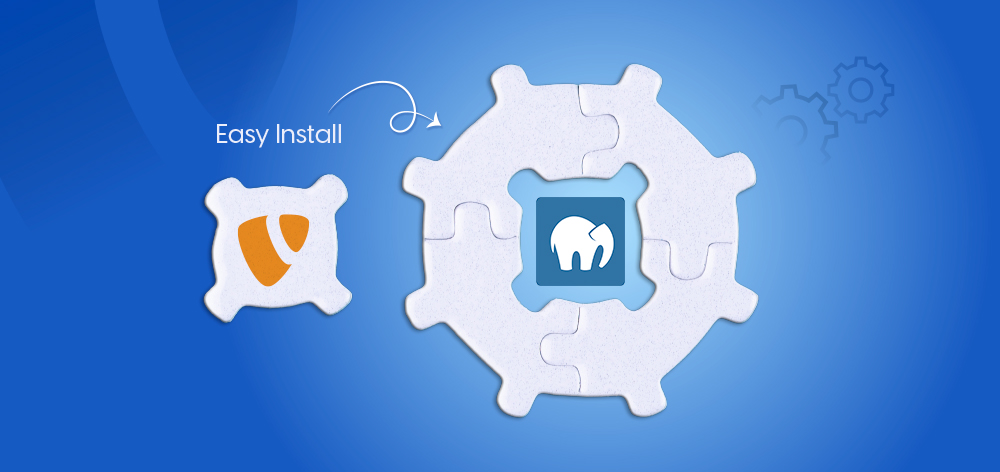
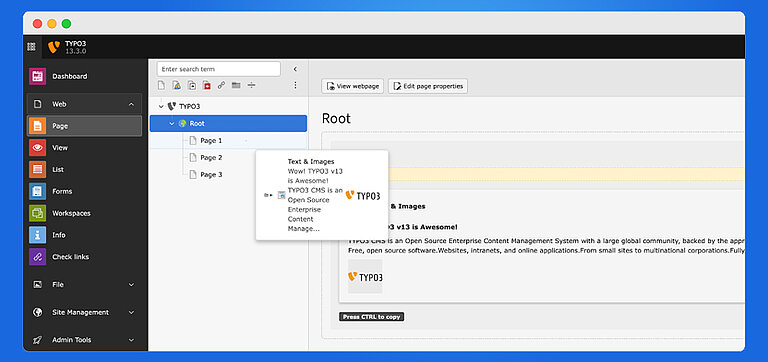

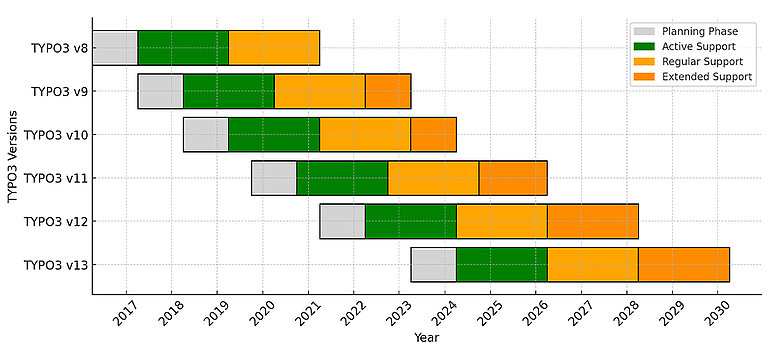
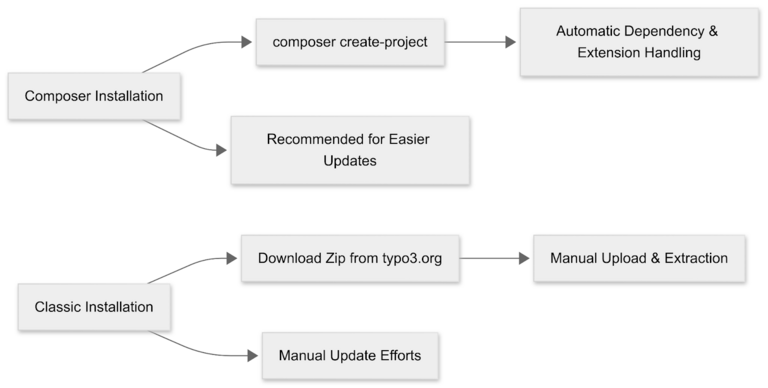

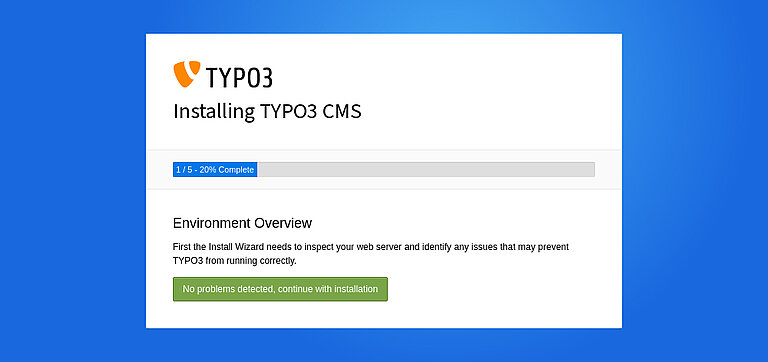
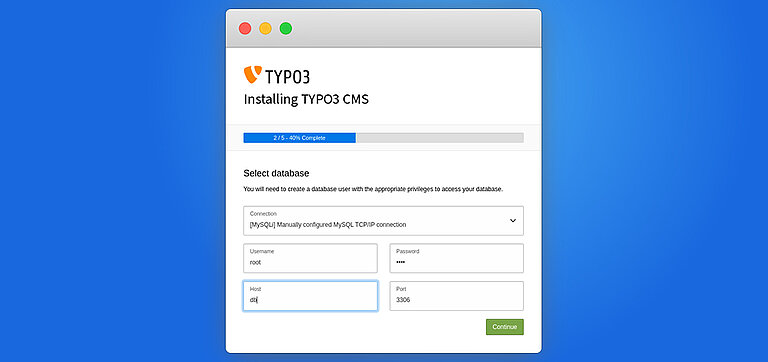
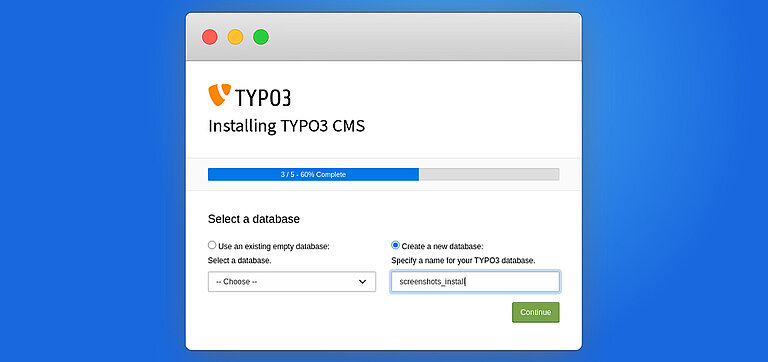
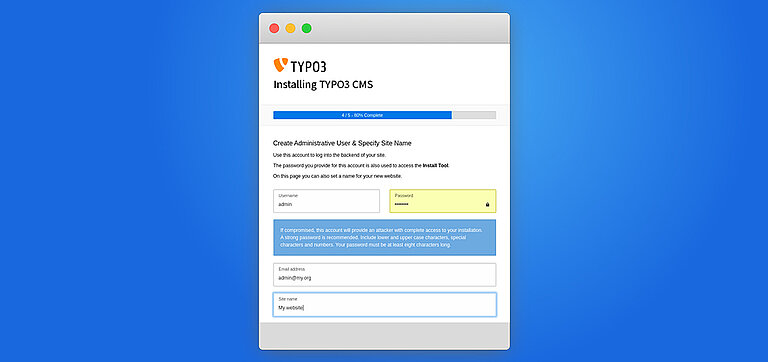
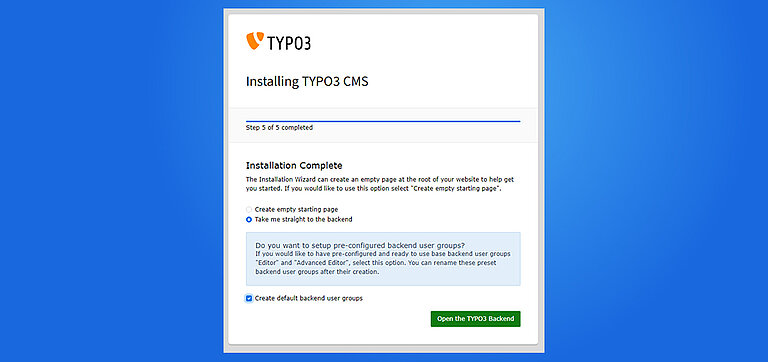
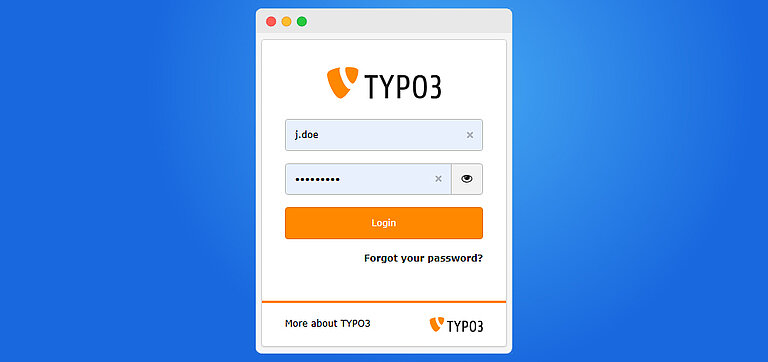
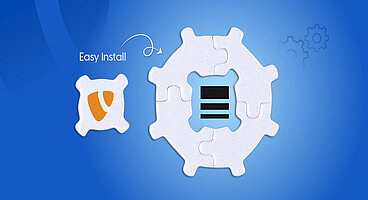
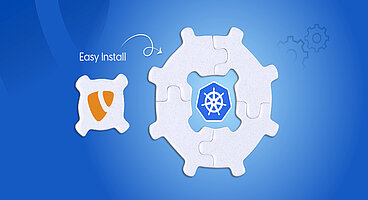
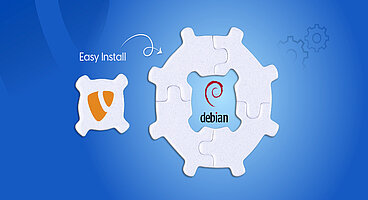
Wolfgang Weber
Brand & Communication LeadWolfgang Weber gestaltet TYPO3 mit Leidenschaft und Expertise. Als langjähriger TYPO3-Enthusiast hat er zu zahlreichen Projekten beigetragen, die Websites schneller und sicherer machen. Abseits von TYPO3 findet man ihn…
More From Author